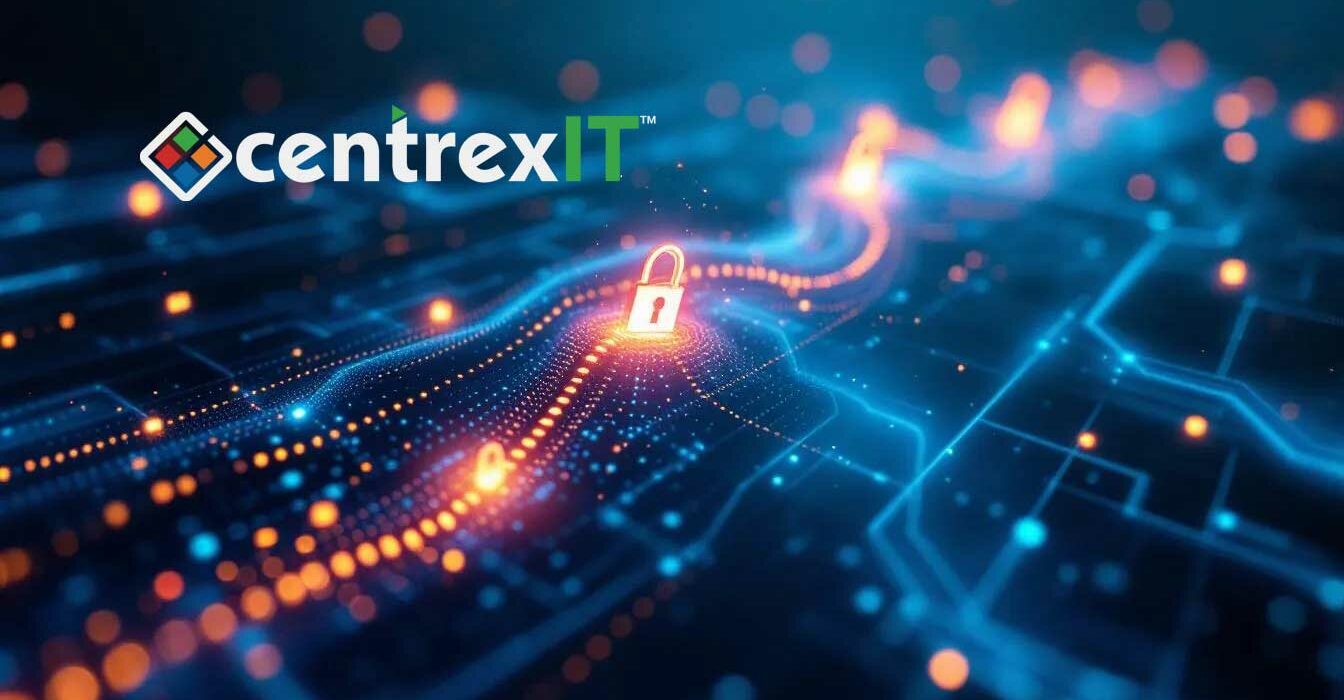The promise of AI in life sciences is immense, driven by the quality and quantity of data fed into sophisticated models. Yet, for life science executives, the focus often remains on the algorithms themselves, while the journey of the data – from raw input to refined training sets – is where critical vulnerabilities can emerge. Building secure AI data pipelines isn’t about theory; it’s about practical, actionable strategies that protect your intellectual property, ensure data integrity, and maintain regulatory compliance throughout the entire AI lifecycle.
Why Secure AI Data Pipelines are Non-Negotiable
An AI model is only as good, and as secure, as the data it’s trained on. Compromised data in the pipeline can lead to:
- Flawed Research Outcomes: Inaccurate or tampered data can result in models that make incorrect predictions for drug efficacy, patient diagnosis, or clinical trial analysis, invalidating years of work.
- IP Theft of Data:Sensitive R&D data, patient information, or proprietary chemical structures moving through the pipeline can be intercepted and stolen if not properly secured.
- Compliance Breaches: Handling sensitive health data (e.g., HIPAA, GDPR) or GxP-regulated information within AI pipelines requires strict adherence to data privacy and integrity standards. Failure to secure the pipeline risks significant fines and reputational damage.
- Adversarial Attacks: Data poisoning, where malicious data is introduced, or data inference, where sensitive information is extracted from a model’s outputs, are real threats that target insecure pipelines.
Practical Strategies for a Robust AI Data Pipeline Security
Robust Data Governance & Classification:
- Know Your Data: Categorize all data flowing into your AI pipelines (e.g., PII, PHI, proprietary R&D, public data).
- Lifecycle Management: Implement policies for data collection, storage, processing, access, and destruction, ensuring secure handling
at every stage.
Strict Access Controls (Zero Trust):
- Least Privilege: Grant users and AI systems only the minimum access necessary for their tasks.
- Multi-Factor Authentication (MFA): Enforce MFA for all access points to data repositories and AI platforms.
- Regular Audits: Continuously review and audit access permissions to detect unauthorized activity.
Network Segmentation for AI Workloads:
- Isolate AI development, training, and deployment environments from the broader corporate network. This limits lateral movement for attackers if one segment is compromised.
- Use firewalls and intrusion detection/prevention systems specific to these segments.
Data Anonymization & Pseudonymization:
Where possible, anonymize or pseudonymize sensitive patient data before it enters AI training
pipelines to reduce privacy risks.
Secure API Integration:
Many AI services rely on APIs. Secure API endpoints with strong authentication, authorization, and rate limiting
to prevent unauthorized access or data exfiltration.
Continuous Monitoring & Threat Detection:
Implement real-time monitoring of data flows, AI model behavior, and access logs to detect
anomalies or signs of attack. Utilize threat intelligence to stay ahead of new AI-specific vulnerabilities.
centrexIT: Your Partner in Secure AI Adoption At centrexIT, our core purpose is “We solely exist to take CARE of our people.” This means providing life science executives with the clarity and expertise to adopt transformative technologies like AI without compromising security. We help you build resilient, compliant, and secure AI data pipelines.
Don’t let insecure data pipelines undermine your AI initiatives.
Our white paper, “AI Readiness for Life Sciences: Navigating Cybersecurity Risks & Compliance,” offers a comprehensive framework for securing your AI adoption from end-to-end. It’s an indispensable guide for any executive embracing AI in their life science organization.
Download the AI Readiness White Paper for Practical Strategies
Safeguarding Innovation: Advanced Cybersecurity
Strategies for IP protection in Life Sciences
Please fill out the following form to download the white paper now!
